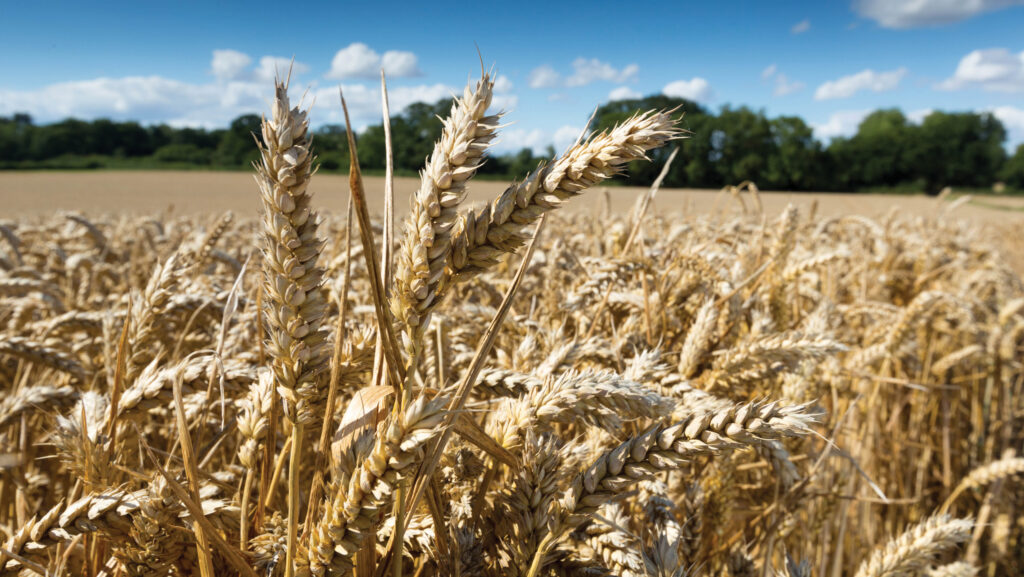Food production threatened by competing land use demands
 © Tim Scrivener
© Tim Scrivener Domestic food production is set to be hit as the battle for land use ramps up, with climate, environmental, energy and housing demands all on the rise.
According to a Natural England (NE) report published last week, food production in the UK could decline by up to 25% if measures to meet the most ambitious climate targets are enacted.
And in a separate development, the new Labour government is consulting on dropping a clause in the National Planning Policy Framework (NPPF) that gives planning authorities a responsibility to consider food security when approving applications.
See also: How SFI might affect food production this year
Greg Smith, the Conservative MP for Mid Buckinghamshire, secured the change to the NPPF at the end of 2022, after the previous government rejected an amendment he proposed to the Levelling Up and Regeneration Bill.
Mr Smith’s amendment would have made it a legal duty for food security to be considered in public decision-making, much like biodiversity or climate.
‘Multi-pronged attack’
He told Farmers Weekly it was “enormously disappointing” that one of the new government’s first actions was to consult on the clause’s removal from the NPPF.
“It is a multipronged attack,” he said. “[Housing secretary] Angela Rayner wants to build houses everywhere, and [energy secretary] Ed Miliband wants to cover everything in solar panels and onshore wind.
“They’re also making it easier to build huge commercial units and warehouses.
“They hide behind figures like solar only using 0.1% of agricultural land, but you need to look at the cumulative impacts of what they’re proposing.
“It’s no surprise they want to get rid of protections for land used in food production, because their priorities sit elsewhere.”
However, the CLA suggested that additional protections for farmland in the NPPF weren’t necessary, because the best and most versatile land was already protected from development.
Mr Smith rejected this argument, saying it “does not reflect the reality on the ground”, with thousands of acres proposed for solar in his constituency alone.
Jonathan Roberts, CLA director of external affairs, said if greater protections for farmland remained, there were “vast swathes” of land which might never see more development, threatening the viability of local communities and economies.
“Some of the food production which the footnote change sought to protect depends on staff to farm and manage it, who need to be housed, as well as on the availability of suitable commercial premises for storage and processing,” he added.
Decline ‘unavoidable’
Meanwhile, the NE report claimed a decline in food production would be “unavoidable” under climate change mitigation measures.
The research was set out in the Agri-Environment Evidence Annual Report, which studied a number of different land use scenarios and found that the best outcomes for reducing greenhouse gas emissions and increasing bird populations also led to the biggest drops in food production.
Agriculture’s 2050 net-zero goal and the government’s 25-year Environment Plan, which establishes an additional 500,000ha of habitat, were also both forecast to hit domestic food production.
The report found no scenarios which delivered reductions in greenhouse gas emissions or increased bird populations without triggering large reductions in food supply.
